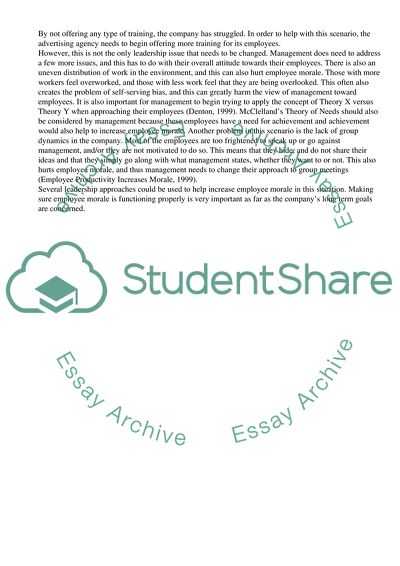Cite this document
(“Management and Organisational Behavior: Maintaining High Morale Case Study”, n.d.)
Management and Organisational Behavior: Maintaining High Morale Case Study. Retrieved from https://studentshare.org/management/1724847-management-and-organisational-behaviour
Management and Organisational Behavior: Maintaining High Morale Case Study. Retrieved from https://studentshare.org/management/1724847-management-and-organisational-behaviour
(Management and Organisational Behavior: Maintaining High Morale Case Study)
Management and Organisational Behavior: Maintaining High Morale Case Study. https://studentshare.org/management/1724847-management-and-organisational-behaviour.
Management and Organisational Behavior: Maintaining High Morale Case Study. https://studentshare.org/management/1724847-management-and-organisational-behaviour.
“Management and Organisational Behavior: Maintaining High Morale Case Study”, n.d. https://studentshare.org/management/1724847-management-and-organisational-behaviour.


